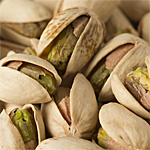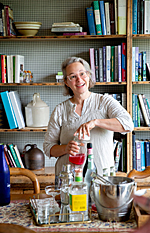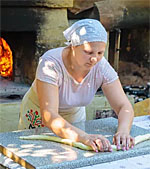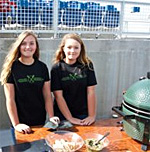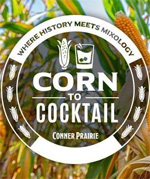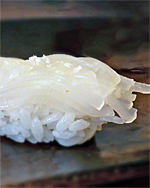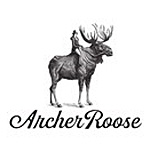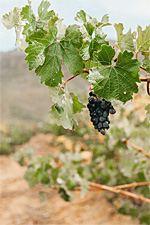Hawaii’s Kona Coffee Fest
 The Kona Coffee Fest takes place November 9 through 18, 2018, on the west coast of the Big Island of Hawaii.
The Kona Coffee Fest takes place November 9 through 18, 2018, on the west coast of the Big Island of Hawaii.
The 10-day Festival celebrates the harvest as Kona coffee farms offer a firsthand look at growing this crop. Kona coffee and food events offer tastings, and hands-on cultural events help tell the story of Kona’s coffee history. A complete schedule of events is online.
Highlights include self-guided tours of the Kona Coffee Living History Farm: Walk among the coffee trees, meet a “Kona Nightingale,” and watch how farmers used the kuriba and hoshidanato mill and dry their coffee in the early 20th century.
There also are two tours November 10 at the UCC Hawaii Kona Coffee Estate. Visitors will learn how to identify and pick ripe coffee cherries, and witness how the harvested “cherries” transform to drinkable coffee (and, they’ll get a two-ounce bag of fresh roasted 100% Kona Coffee to take home).
Also planned: barista training, a coffee 101 session, and an inside look at cupping (pictured, below): the formal judging where the taste and aroma of brewed coffee are evaluated by industry professionals. These past harvests are in the Kona Coffee Cupping Hall of Fame.
Festival admission is by “button”: A $3 festival button is required for entry to all official events (sometimes there’s a surcharge for special events).
The first coffee was planted in Kona by missionary Samuel Ruggles in 1828 or 1829. These first arabica trees were taken from cuttings planted on Oahu a few years earlier. The first written mention of coffee in Kona was noted in 1840. Coffee was planted in several locations around the Big Island but was best suited to the Kona district.
Most of the coffee grown in North and South Kona is cultivated on land owned by Kamehameha Schools Bishop Estate (KSBE). Kamehameha Schools Bishop Estate leases tracts to more than 600 farmers in the Kona area who produce the majority of the region’s coffee, plus macadamia nuts, exotic flowers, avocados, vegetables and fruits. It is the Kona coffee, though, that reigns as monarch of Kona’s varied produce. Average size of the farms leased from KSBE is seven acres. In all, more than 1,200 acres of KSBE-owned land are now in Kona coffee production.
Some coffee farms leased from KSBE have been in the same family for four or five generations, since the Estate was created in 1884.
There are about 650 farms cultivating coffee in the Kona district. The typical size of a Kona coffee farm is 3 acres. Kona coffee represents approximately 95% of the coffees produced on the island. There are about 3,500 acres of land utilized in Kona coffee farming, producing about 3.8 million pounds a year, valued at about $14 million.
(Photo courtesy of Kona Coffee Festival)


